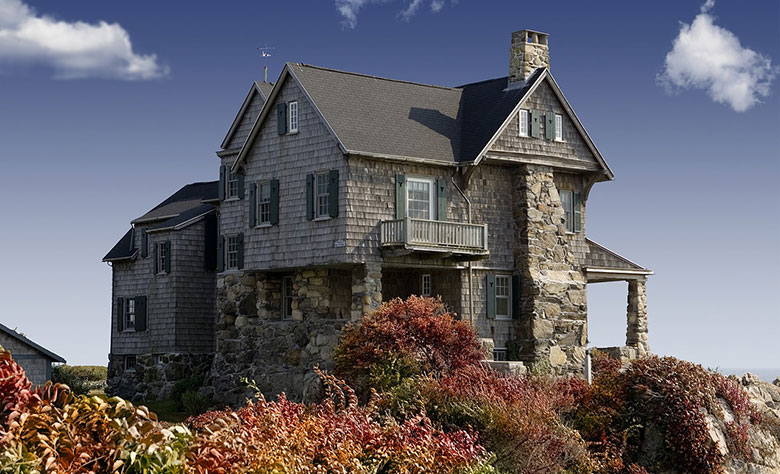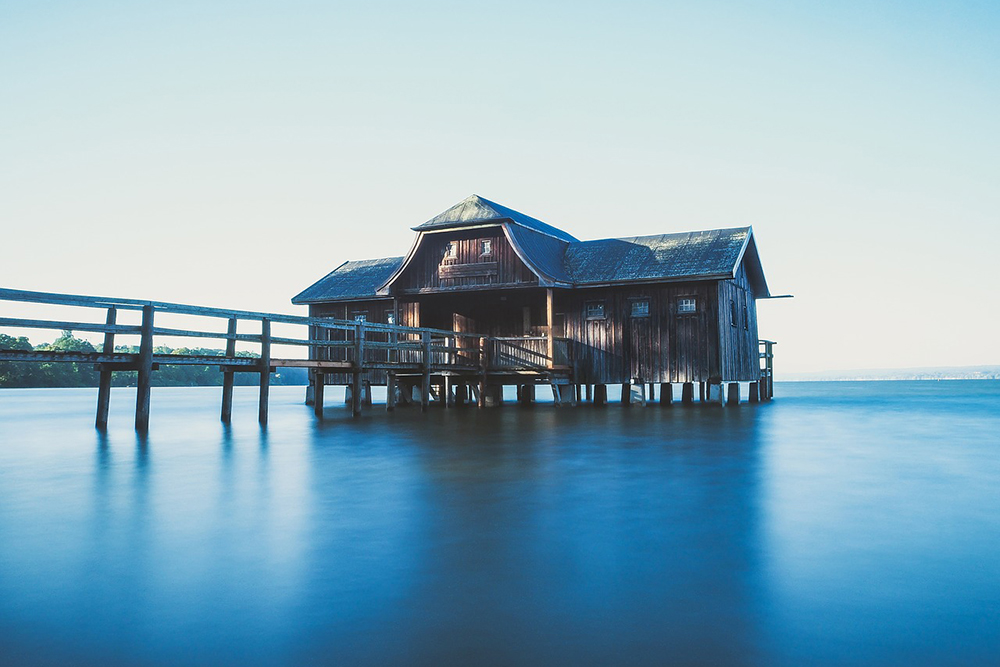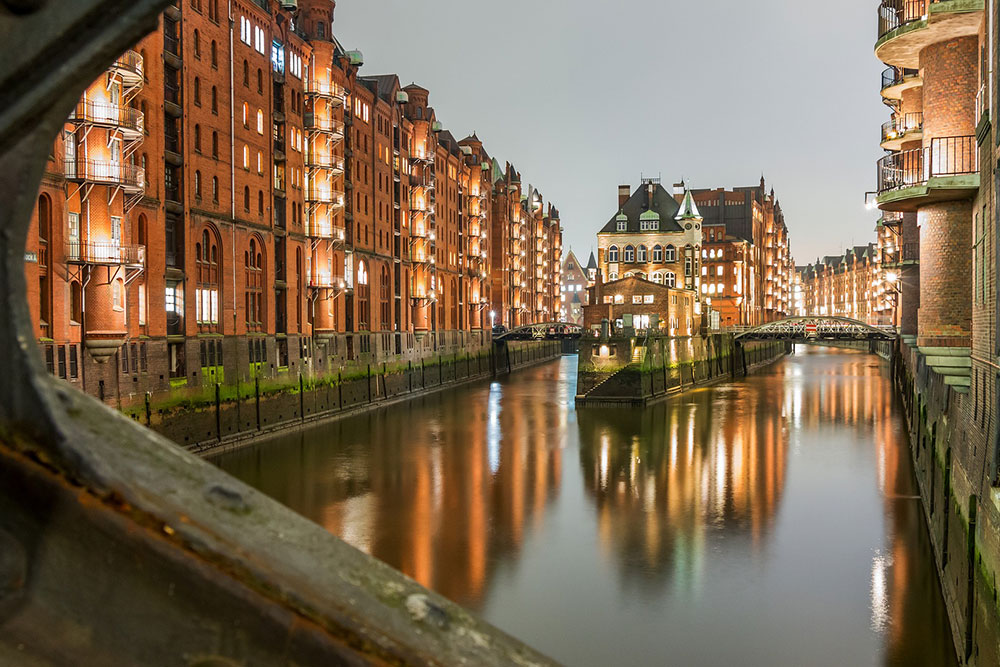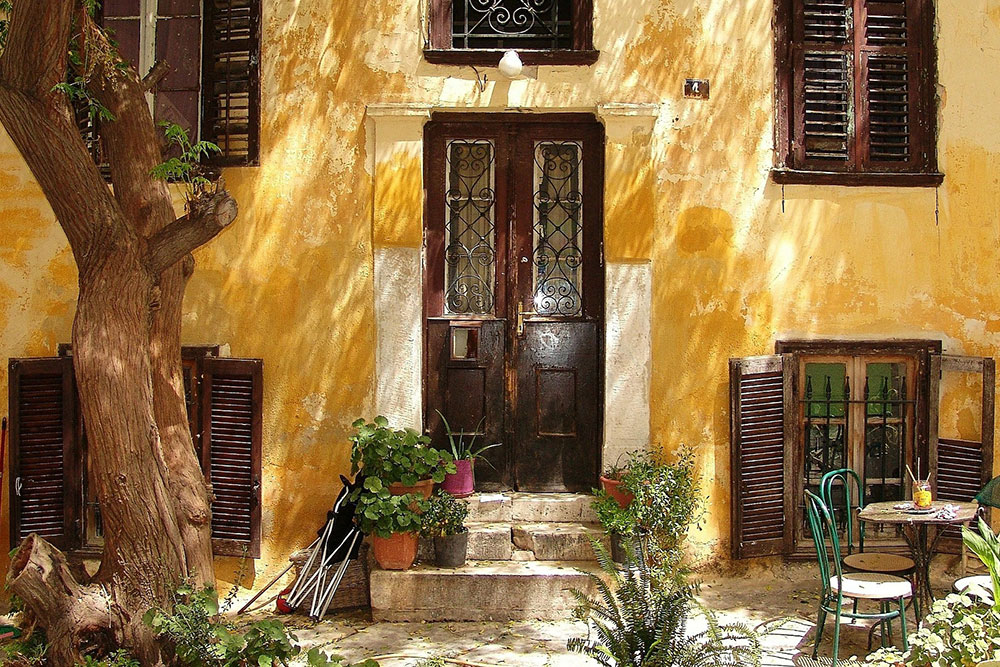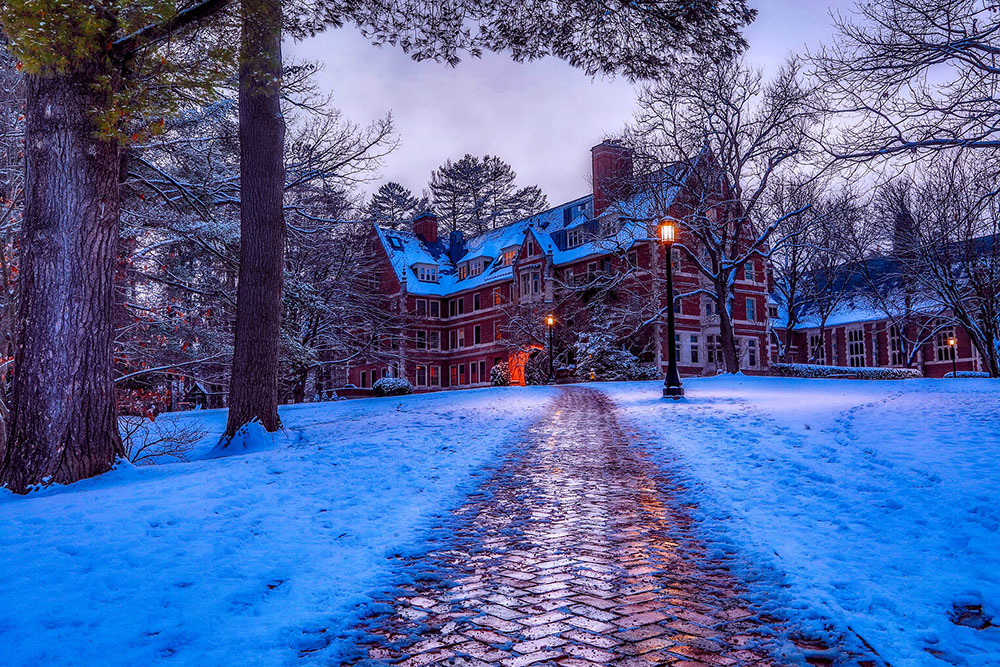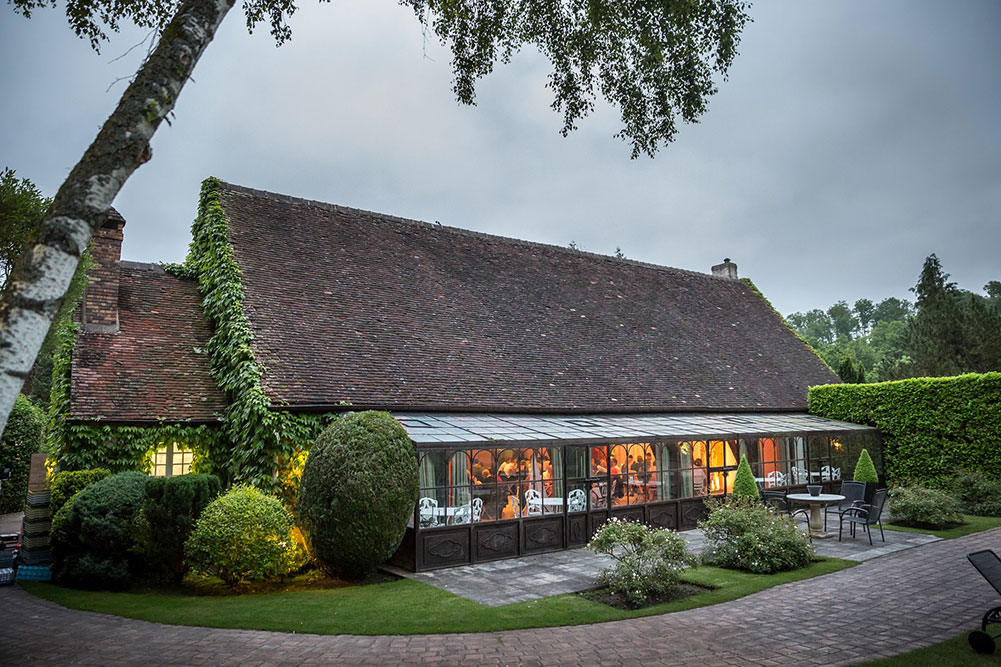Photographing architecture is not as simple as it seems. One must pay close attention to symmetry, perspective, and lighting before pushing the button. And not be afraid to emphasize details. Does the building have a particular architectural style? Capture it, but not in a classic, greeting card style, and always try to find new perspectives. There usually isn’t just one shot that tells the whole story. Here are some tips to help you along.
Carefully plan your photo shoot
Architectural subjects need a clear atmosphere to shine, when the sun embraces facades and shadows emphasize particular elements. So, wait for the right time to shoot, mornings or evenings with clean atmosphere being perfect from this point of view. If you choose to photograph at noon, the sun will form unsightly shadows over architectural elements (especially on windowsills), generating dark surfaces without too much details. Also, the intense light will form big contrasts and hide important details, not to mention that your images can turn out completely burned.
Overview
If you plan to have a general view of the building, choose a high-pit station. The best time is either early in the morning or late in the evening, when lights are turned on. So, the morning or the afternoon sun has more advantages: the atmosphere is clear, with soft contrasts, the front parts of the windows are illuminated, and the background sky is blue.
For tourist attractions, follow the rule of the thumb: try to separate monuments from the people around them. To avoid a snapshot feeling, either shoot when the area isn’t crowded, or make people “disappear” with a technical trick. The longer the exposure time, the more people will “walk away”. Photograph, for example, with time priority. To achieve the correct degree of motion blur, an exposure time of 1/15 seconds or longer is required. Also, do not shoot too close to buildings and remove unwanted reflections with the help of a polarizing filter.
Details and special features
There is almost no building without a special feature – an element that can catch the eye of a trained photographer. But how can an amateur learn the ropes and get a decent portrait of a building? Study your subject from every angle. Really focus on the details, the little imperfections that make it stand out. Follow the lines of the roof from top to gutter in search of that je n’ais se quoi; take pictures of wrought iron balconies with patches of rust and showcase your findings in an unexpected manner. After all, each house has its points of attraction.
Use reflections, bright contrasts and perspective to your advantage. If you want to get a two-dimensional feeling, do not shoot a building dead-center, but take a few steps to the left or right to avoid symmetry in favor of an interesting frame. Also, lines that tend to converge are not in the least desirable. To stay away from perspective distortions, keep as close as possible to the subject pointing the lens slightly upwards.
The right time
Evening architectural photos can be extremely beautiful due to the lights that form special contours. However, amateur photographers often make the big mistake of photographing in pitch-dark with a powerful flash burning everything in its way. If you like to give a touch of mystery to your photos, better shoot at dusk when the sky is not completely black, but infinite blue. The color of the sky must be an integral part of your composition.
How to avoid common shooting mistakes
Unfavorable light
Do not shoot buildings in the shade or with insufficient light. If the day is a little cloudy, be patient! The sun will come out eventually and you’ll be immensely rewarded. If it’s raining, reschedule the photo shoot for another day or shoot the interiors and come back when the weather it’s more flattering on the facades.
House without feet
If you want to correctly photograph buildings, monuments, statues etc., try to frame them together with their base. Foundations define space and location, anchoring a particular building to its surroundings. It’s the same with landscape or street photography. Of course, there are exceptions and they often make the rule, but that’s another story.
The final product
Before you walk away, take a last look at your frames and mentally arrange the shots in form of a visual story. If you shot in the morning, wait for the dusk, too. If your first frame was taken from a southern station, capture one from the north and complete your journey with all possible angles checked.
In the end, what makes a good “portrait of a building”? Without a question, light is a very important factor, but so is the lack of it. Is the camera a vital part of this story? Yes and no. It’s more a question of angles, patience and flair. Shooting architecture is as complicated and full or rules as you want it to be. But don’t get to caught up in them, or you’ll lose sight of what’s really important here and that’s developing a style and carving a way into this business. And that’s entirely up to you.

